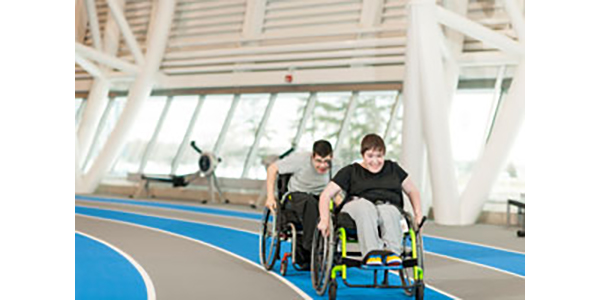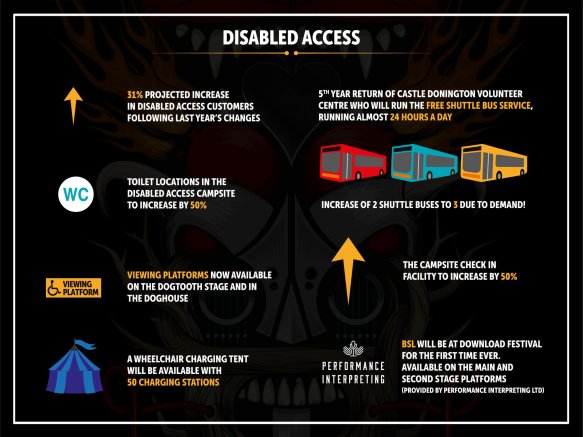There is no doubt about the benefits of exercise on physical function and health, even after trauma brain injury. Regular exercise is crucial for maintaining and enhancing one’s health. Physical activity is essential for maintaining mental and physical harmony. For kids who engage in regular physical activity early on, the advantages include improved hand-eye coordination, increased muscle strength, improved behavior, healthier mental health, and an improved risk for developing future health issues. Children can also gain self-esteem and confidence through physical activity. They can also adapt better to daily challenges by improving their self-esteem.
How to Get Active with a Child with Disabilities

Physical activity can make many tasks easier and improve your body’s health. You don’t need to be a professional or have any special equipment. Anyone can do it regardless of their current physical condition. Physical therapy is used to treat disabled and injured adults. It can also be used for strengthening muscles that aren’t used on a regular basis. This can make it easier to resume previous activities. Physical therapy is often used in conjunction with occupational therapy and speech therapy to get the best results.
How to Get Active with a Child with Disabilities
There are many activities that can help those who are disabled or unable move. Activities like riding a bike, going for a walk, jogging, swimming, or
other physical activity is good for building muscle strength and stamina. These activities can also help improve flexibility and balance. It is essential
to have a physically healthy body if you are trying to overcome a disability. The most common physical limitations faced by disabled people include
leg-bearing, upper muscle strength, and upper body mobility.
How to Get Active with a Child with Disabilities
There are many activities that disabled adults may be able to do on their Chirnside Park NDIS . These activities can include chores such as cleaning up after the children or taking them to school. To build their confidence, they may choose to take up a sport or pursue a hobby. It doesn’t matter what they choose, it is important that they participate in as many activities as possible.
How to Get Active with a Child with Disabilities
Children with physical limitations might need more help to get active than adults. Children can engage in many activities that will help them become active. Many disabled children enjoy video games, swimming, climbing stairs, playing with toys, and other activities that require a lot muscle power. Parents need to take special precautions when it comes to activities that are considered safe for their children. Parents should be aware that children may give up if they find an activity too easy.
Swimming is one of the most popular activities for children with physical limitations. Many children find swimming a relaxing pastime. They love the ability to stay afloat under the water, to jump and climb, and to throw themselves around in circles. However, they are unable to use strength to swim in order to get these skills. This is why parents need to make sure that they have their children learn how to swim as soon as possible.
Hunting can be a very enjoyable activity for children with disabilities. The sense of accomplishment that comes from bringing home a kill is something that is very enjoyable for children. If you are able to provide your child with a gun, he or she will be very happy. Hunting may not be the best option for disabled children who have difficulty walking.
If there is a pool nearby, this is another good opportunity to teach your child to swim. The water will help you get active and burn off some extra calories. With all the new technology available, you might be able even to set up your private swimming pool. Your child will be able swim without the need to learn how. It is important that your child is supervised at all times when participating in any kind of physical activity. Be clear with your child about what you expect.
